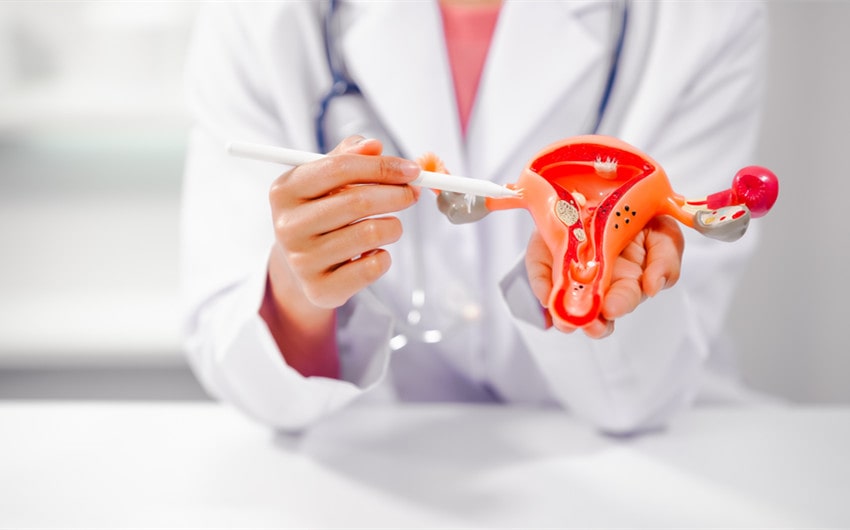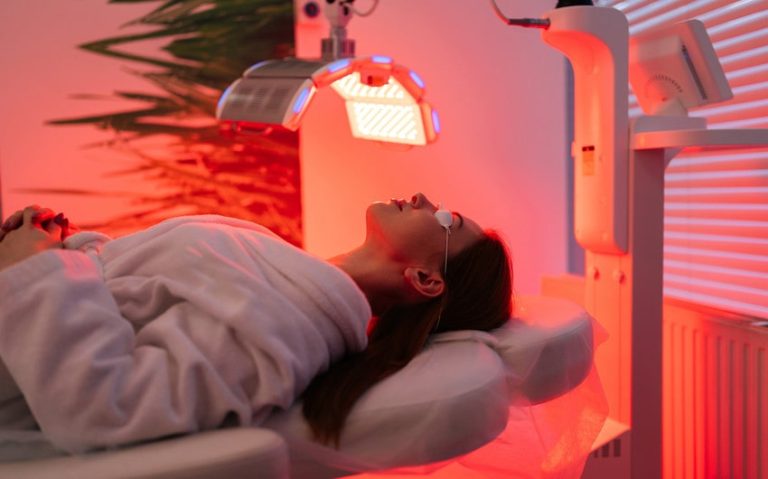Uterine health is a crucial aspect of women’s overall well-being, affecting various stages of life from adolescence through menopause. The uterus, a central organ in the female reproductive system, plays a vital role in menstruation, pregnancy, and childbirth.
Understanding the common conditions that can affect the uterus, their symptoms, and potential impacts is essential for early detection, treatment, and maintaining optimal health. This article delves into some of the most prevalent uterine conditions, exploring their causes, symptoms, and implications on women’s health.
Explore Uterine Positions
The position of the uterus can vary significantly among women, and these variations can have implications for reproductive health. Understanding the different uterine positions is crucial for diagnosing and managing potential health issues related to menstruation, fertility, and pregnancy.
Anteverted Uterus
An anteverted uterus is the most common uterine position where the uterus tilts forward toward the bladder. While it leans forward, the uterus maintains a typical pear shape. An anteverted uterus generally does not affect menstruation, fertility, or pregnancy. Women with this uterine position can expect normal reproductive health outcomes.
Retroverted Uterus
A retroverted uterus tilts backward toward the rectum. This position is also known as a tipped or tilted uterus. It can be congenital or acquired due to conditions like endometriosis or pelvic inflammatory disease. Generally, it does not significantly affect reproductive health but may require monitoring for associated conditions.
Mid-position Uterus
A mid-position uterus is aligned vertically within the pelvis, neither tilted forward nor backward. It is considered a normal anatomical variation. A midposition uterus generally does not affect menstruation, fertility, or pregnancy. Women with this uterine position can expect normal reproductive health outcomes.
Retroflexed Uterus
Such a uterus position bends backward at the cervix, with the body of the uterus tilted back toward the rectum. This position can be congenital or acquired. Potential difficulties in early pregnancy due to the backward tilt.
Common Uterine Conditions
We explore the most common uterine conditions listed below.
Uterine Fibroids
Uterine fibroids are non-cancerous growths that develop in or on the walls of the uterus. They are quite common, particularly among women of reproductive age. The exact cause of uterine fibroids is not fully understood, but factors such as hormonal imbalances (particularly estrogen and progesterone), genetics, and growth factors are believed to play a role.
Symptoms:
• Heavy or prolonged menstrual periods
• Pelvic pain or pressure
• Frequent urination
• Difficulty emptying the bladder
• Constipation
• Backache or leg pains
Fibroids can significantly impact a woman’s quality of life, causing pain, discomfort, and anemia due to heavy bleeding. In severe cases, they may interfere with fertility and pregnancy.
Endometriosis
Endometriosis occurs when tissue similar to the lining inside the uterus (endometrium) grows outside the uterus, causing pain and potentially affecting fertility. While the exact cause is unknown, potential factors include retrograde menstruation, immune system disorders, hormonal influences, and genetics.
Symptoms:
• Severe menstrual cramps
• Chronic pelvic pain
• Pain during intercourse
• Pain with bowel movements or urination
• Heavy menstrual bleeding
• Infertility
Endometriosis can lead to chronic pain, emotional distress, and difficulties with fertility, significantly affecting a woman’s personal and professional life.
Adenomyosis
Adenomyosis is a condition where the endometrial tissue grows into the muscular wall of the uterus. This can cause the uterus to become enlarged and painful. Usually, hormonal factors and previous uterine surgery may contribute to its development.
Symptoms:
• Heavy or prolonged menstrual bleeding
• Severe menstrual cramps
• Chronic pelvic pain
• Pain during intercourse
Adenomyosis can lead to debilitating pain and heavy bleeding, impacting daily activities and overall well-being. In some cases, it can also contribute to infertility.
Uterine Polyps
Uterine polyps are growths attached to the inner wall of the uterus that extend into the uterine cavity. They are generally benign but can sometimes lead to complications. Hormonal factors, particularly estrogen, play a significant role in the development of uterine polyps.
Symptoms:
• Irregular menstrual bleeding
• Bleeding between periods
• Heavy menstrual periods
• Bleeding after menopause
• Infertility
While often benign, uterine polyps can cause significant menstrual irregularities and may interfere with fertility. They can also increase the risk of miscarriage in pregnant women.
The Bottom Line
Understanding uterine health and recognizing the symptoms of common conditions can lead to early diagnosis and more effective treatment. Regular check-ups, attention to changes in menstrual patterns, and seeking medical advice when experiencing unusual symptoms are crucial to maintaining uterine health. By staying informed and proactive, women can better manage their health, improve their quality of life, and reduce the risk of complications related to uterine conditions.







